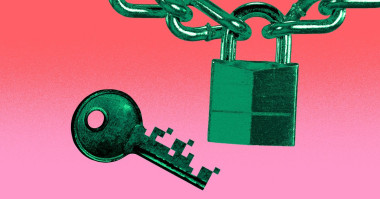Safe to Install New Dual Boot?
My GF recently said I can install Linux on her laptop. Then I saw Windows broke dual boot systems.
Is it safe to do a dual boot if she already has the update that broke dual booting?
Should I just figure out how to install Windows in a VM for her?
Appreciate any insight y’all can offer
